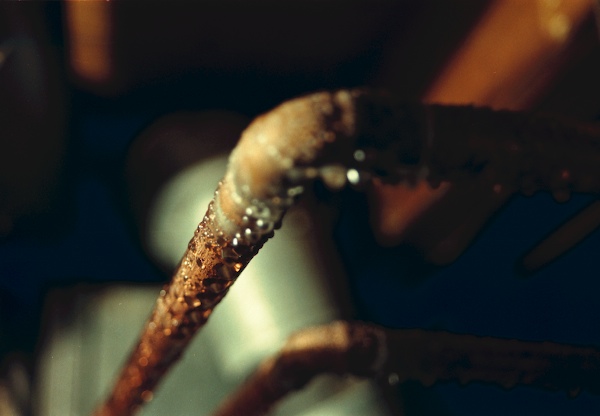How to Repair Leaky Pipes in Your Bathroom To Prevent Mold and Mildew Growth?
How Does a Leak Happen?

A leak in pipes, faucets and other fixtures is a common problem in homes. It’s also common for these types of leaks to cause water damage.
A problem with the plumbing or fixture often cause leaks. It could also happen if something falls into the sink and causes a crack. Other times, it might just be a gradual crack that gets bigger over time as sediment builds up and then eventually causes a leak.
How Does A Leak Happen?
The process of a leak happening is different for each type of fixture. For example, a toilet can leak from the tank, flush valve or from behind the toilet where the water supply comes in.
A sink can have a gradual crack as sediment builds up, or it can have a crack around the drainpipe that runs inside directly under the sink. The water then leaks out of this crack and down through to the kitchen floor below.
How to Avoid the Problem of Leaky Pipes in the Future?
Leaky pipes can cause water damage to your home, and it may not be visible at first. It is important to identify leaks and take preventive measures early on.
If you are experiencing a leak, the following tips can help you prevent further water damage in your home:
* Take photographs of the area where the leak is coming from. You will need these pictures when calling a professional to repair the issue.
* Prevent any future leaks by taking preventive measures. Replacing old pipes that are no longer functional or check for signs of water damage in other areas of your home.
How to Repair the Damage Caused by a Leaky Pipe?
When a pipe or a faucet leaks, it can cause significant damage to the property, such as water damage to flooring and furniture. So here are some tips on how to repair the damages.
Leaky pipes can cause serious problems for your home. It is not just about having a leaky faucet. Also, about constantly replacing flooring and other property as a result of water damage. Here are some tips on how you can fix the problem yourself without having to hire someone else.
First, you should identify which parts of your home the leaky pipe have most likely damaged. The kitchen and bathroom areas are common spots where water can get into. Other places might include bedrooms and laundry rooms.
Next, you will need to remove any excess moisture from troublesome areas in order to get an accurate diagnosis of any wood flooring or furniture that has been affected by mold or mildew. This will involve using an electric fan with a powerful air circulation attachment, or open the windows. You can also use a dehumidifier to remove excess moisture from your home.
Use a wet/dry vacuum cleaner with a special filter that will help trap any mold spores in the area you’re vacuuming. This will likely be needed more than once in order to ensure complete removal of all traces of mold or mildew from your area, so make sure you wear a mask and gloves when using this tool.
Spraying an anti-mold primer is another option for those with porous hardwood floors or furniture that mold or mildew growth has affected.
A natural, environmentally safe solution for mold and mildew removal is using vinegar. The citric acid in vinegar kills molds that have been growing on surfaces. For those who would like to make the process easier, a spray bottle can be used to apply the solution.